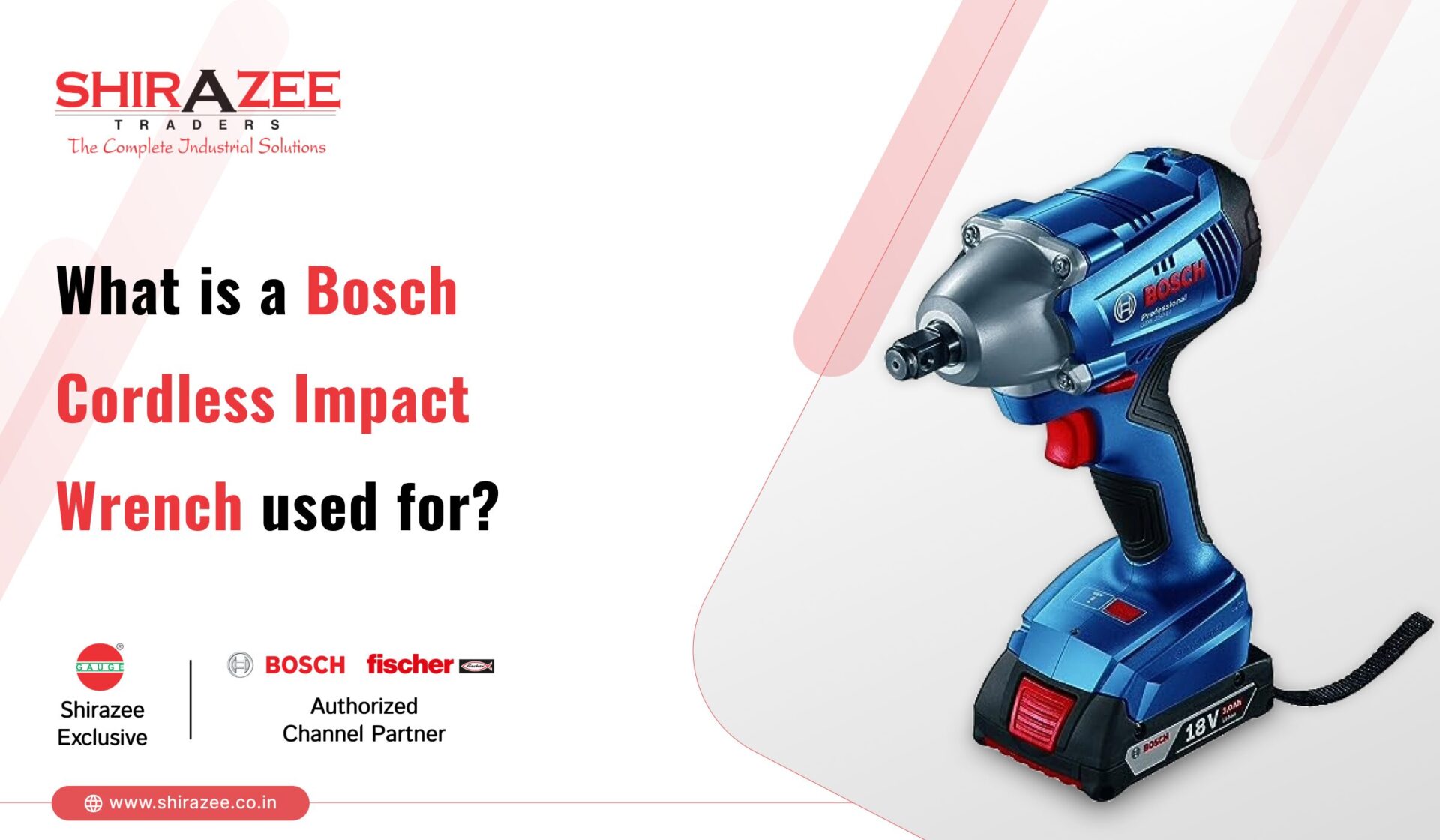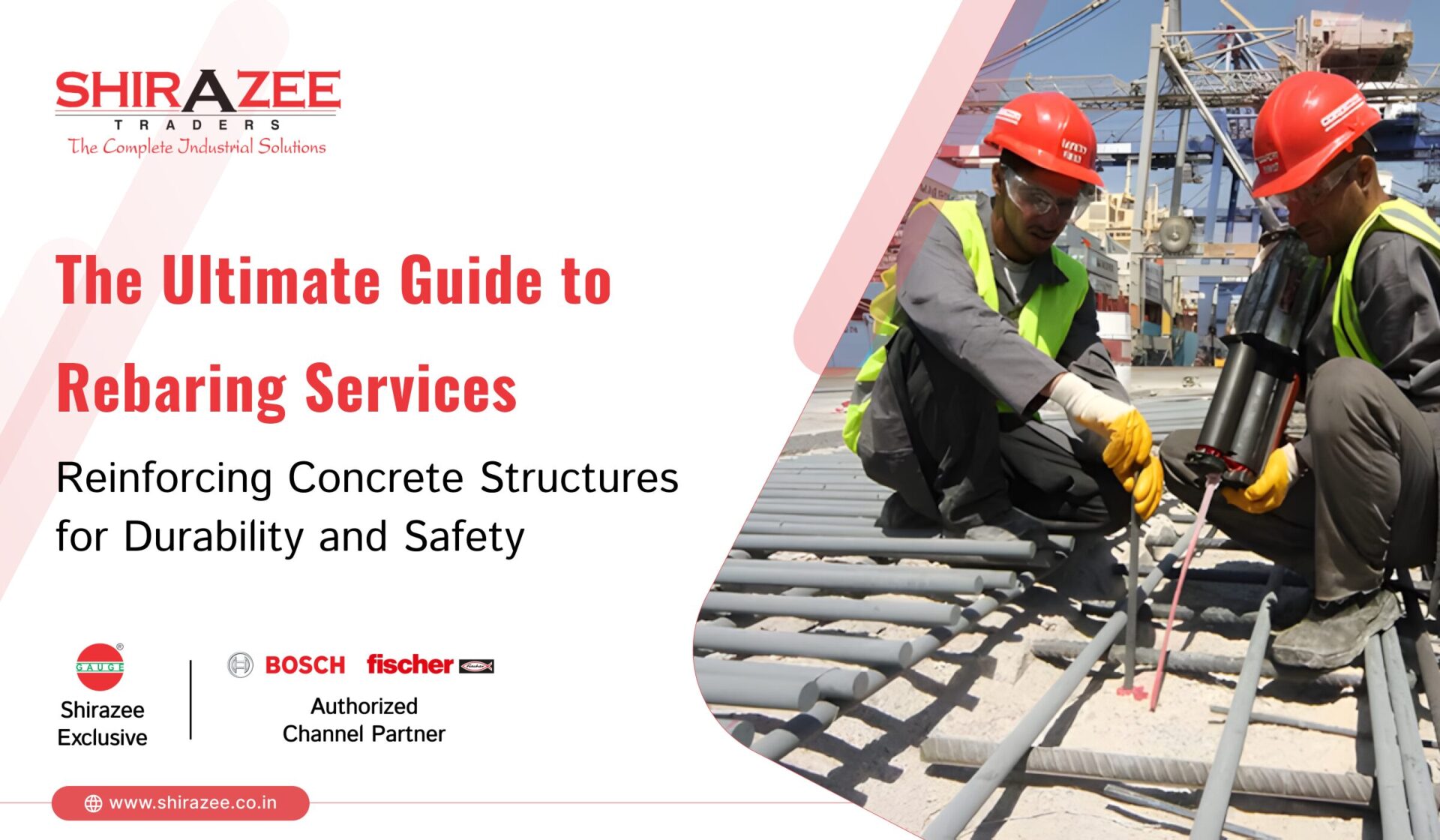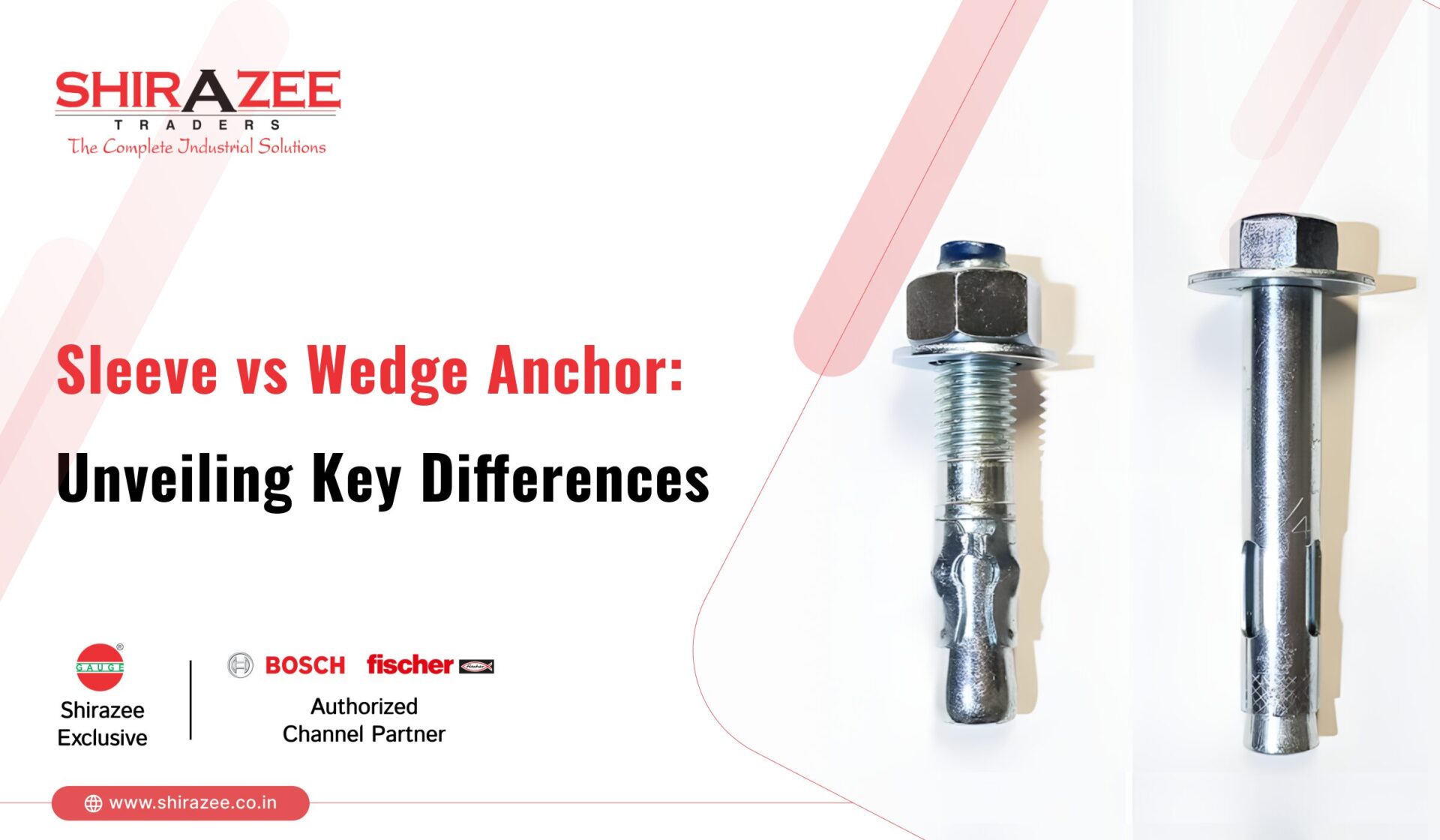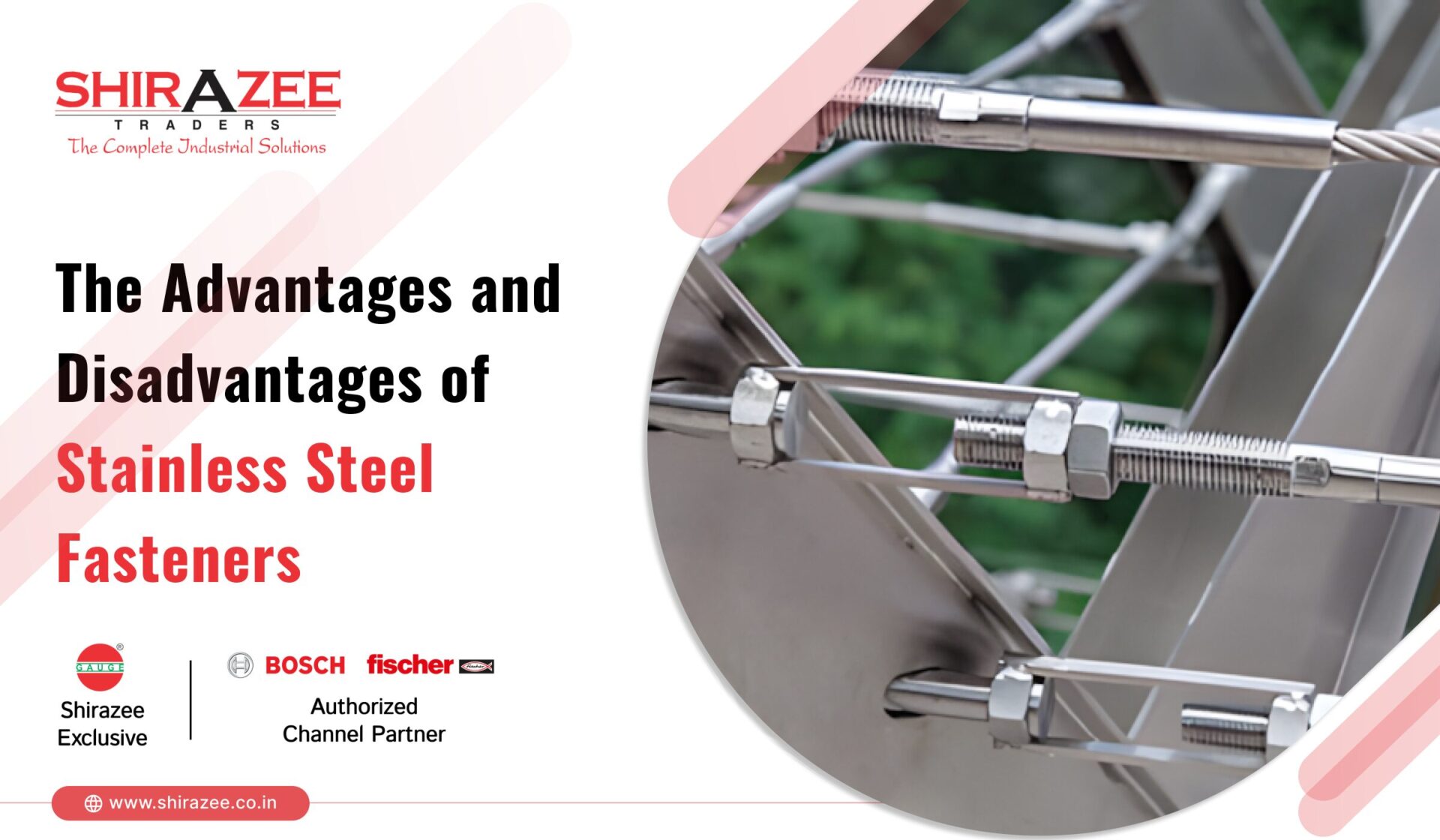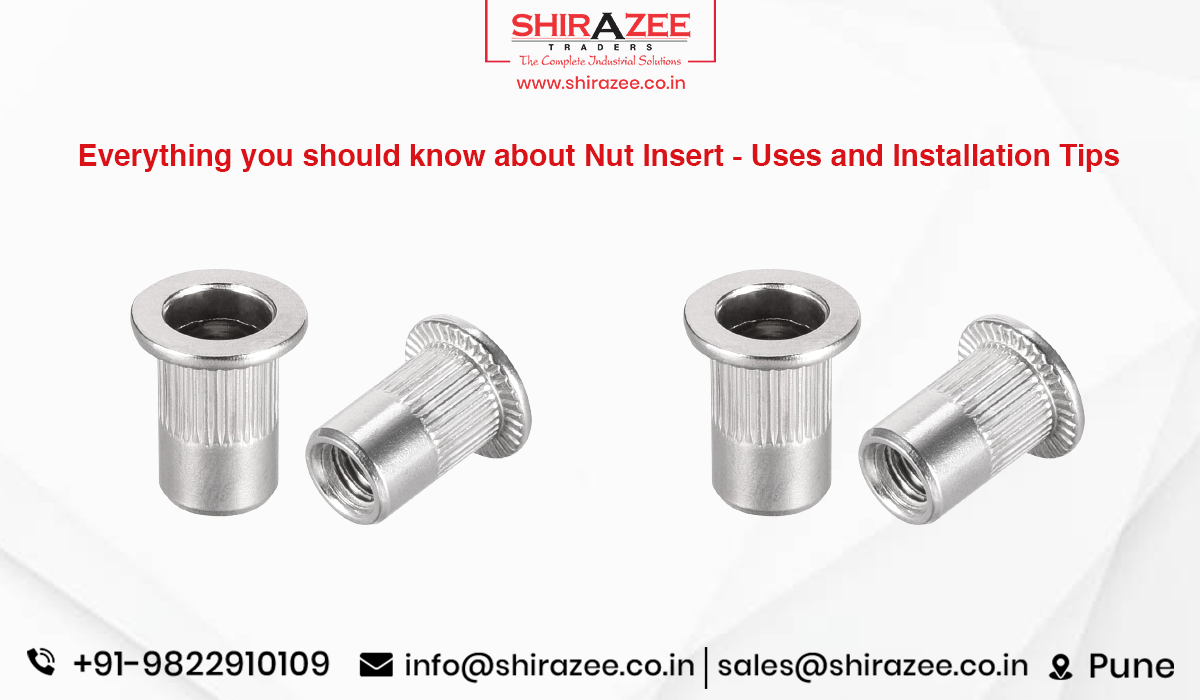
A nut insert, also known as a rivet nut or a threaded insert, is a flexible fastener that can be utilized in a variety of fields and situations. It offers a trustworthy and effective method for making sturdy threads out of materials like metal, plastic, and even wood. We will examine the applications, installation advice, and advantages of nut inserts in this extensive guide, illuminating their critical function in the fastener industry. Mechanical fasteners called “nut inserts” are made to fit into pre-drilled or pre-punched holes. When installed, they produce a strong and threaded connecting point that enables the safe attachment of other parts. Nut inserts exist in a variety of sizes and forms, but the round nut insert is the most popular kind.
Uses of Nut Insert
In the automotive industry, nut inserts are widely used to attach a variety of equipment, such as dashboard elements, suspension parts, and interior panels. They are crucial to vehicle assembly because of their capacity to produce powerful threads in thin sheet metal. Accuracy and durability are crucial in the aerospace sector. Nut inserts are used to fasten parts of aircraft, preserving the aircraft’s structural integrity while minimizing total weight. These fasteners offer a strong connection while lowering the chance that delicate materials may be harmed. In the construction of furniture, nut inserts are frequently employed. They make it possible for pieces like drawer slides, knobs, and handles to be attached quickly and securely. Inserts made of nuts provide solidity and durability, ensuring that furniture will hold up over time.
Nut inserts are used in the fields of electronics and telecommunications to mount circuit boards, brackets, and different parts inside of apparatus and enclosures. Their meticulous threading guarantees a tight fit and lowers the possibility of loose connections. Nut inserts are also used in building and construction projects. They are employed to fasten items, such as handrails, to metal or concrete buildings. A strong connecting point that can support enormous loads is offered by nut inserts.
How to install a Nut Insert?
Think about things like the load-bearing requirements and the material thickness. To meet varied applications, nut inserts are available in a variety of thread sizes and materials. Make sure the hole you are using to insert the nut is clear and debris-free. A clean hole encourages better threading and alignment. A tool called a nut insert gun or tool is often needed for nut insert placement. The insert will be properly and evenly inserted in the hole if the right instrument is used. Apply enough force while using the nut insert gun to securely seat the insert. Avoid using too much pressure since it can harm the insert or the fabric. Make that the nut insert is positioned correctly in relation to the hole. Cross-threading and weak connections can happen as a result of alignment issues. Consider whether the base material and the nut insert material are compatible. To avoid galvanic corrosion, select an aluminum nut insert when putting into aluminum, for example. Always adhere to the directions and specifications provided by the manufacturer for the particular nut insert you are using. This will guarantee that you get the outcomes you want and uphold safety regulations.
Fastened components are guaranteed to remain firmly attached thanks to the durable threads that nut inserts produce in a variety of materials. Metals, polymers, and wood are just a few of the materials in which nut inserts can be employed. They are excellent for a variety of applications due to their adaptability. When compared to conventional techniques like welding or thread tapping, installing nut inserts is frequently quicker and more convenient, saving crucial assembly time. Because nut inserts are non-destructive, the material they are placed into is not harmed. When working with sensitive materials or surfaces, this is especially crucial. Nut inserts can be fitted from only one side of the substance, which makes them perfect for applications with restricted access or where the material’s backside is inaccessible. With a balance between durability, strength, and ease of installation, nut inserts are a practical fastening solution.
Conclusion
In conclusion, nut inserts, sometimes referred to as rivet nuts or threaded inserts, are essential fasteners with numerous uses in a variety of sectors. They are a useful addition to the toolkits of engineers, builders, manufacturers, and do-it-yourself enthusiasts because they give a sturdy and secure means to make threaded connections in a variety of materials. For nut inserts to provide their full potential, including strength, versatility, and time savings throughout assembly operations, proper installation and material selection are essential.



